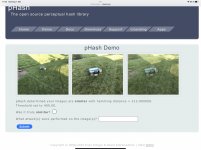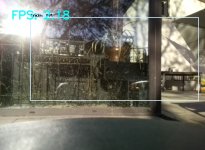Fürst Ruprecht
Well-known member
I would like to think with you about ways to improve navigation / positioning accuracy (without GPS). If possible, the intelligence should ride on the mower.
Magnetic field of the wire: is it possible to generate a magnetic field with the wire whose distribution of the characteristic field strength allows a conclusion to be drawn about the position/coordinate?
For this purpose, several perimeter sensors could scan the spatial axes.
Camera: there are already solutions that recognise the position of defined objects in the image. Is it possible to determine the position of the mower by positioning these (different) objects on the lawn and triangulating the results (of two images each)?
Gruß Fürst Ruprecht
Magnetic field of the wire: is it possible to generate a magnetic field with the wire whose distribution of the characteristic field strength allows a conclusion to be drawn about the position/coordinate?
For this purpose, several perimeter sensors could scan the spatial axes.
Camera: there are already solutions that recognise the position of defined objects in the image. Is it possible to determine the position of the mower by positioning these (different) objects on the lawn and triangulating the results (of two images each)?
Gruß Fürst Ruprecht


